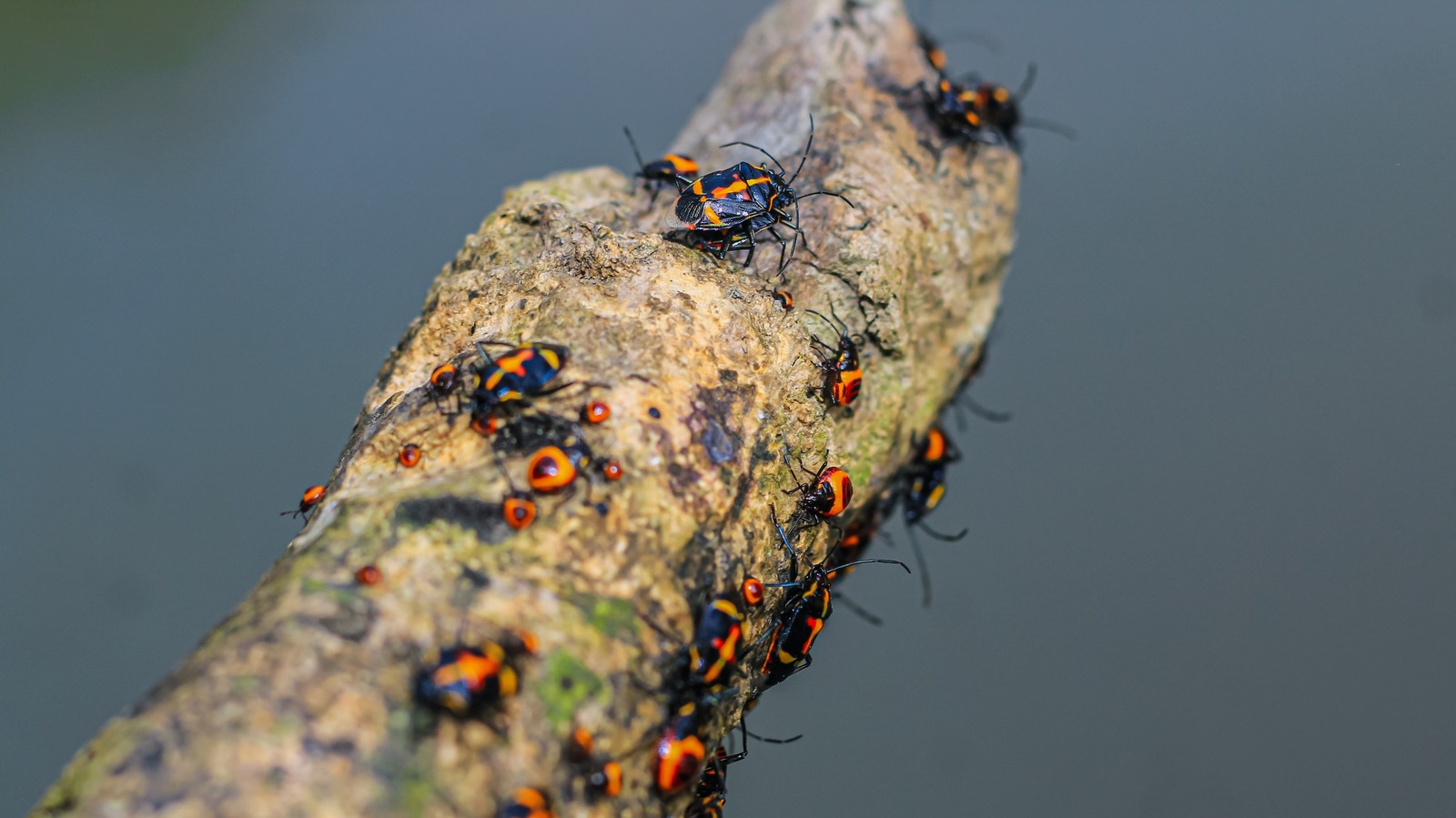What Plants Repel Bugs? Discover Effective Greens Today!
Share
When it comes to keeping your garden or home free from unwelcome guests, the focus often falls on conventional chemical insecticides. However, many people are now turning to natural solutions, such as plants that act as **bug repellents**. Knowing what plants repel bugs can help you cultivate a garden full of beauty while maintaining a bug-free environment.
Plants possess unique properties that can offer surprising **pest control** solutions. Some of these plants produce scents that annoy insects, while others might even be toxic to them. In this article, we will explore a variety of plants that can help you in your quest for a bug-free space.

Top Plants That Repel Bugs
Here, we delve into several plants that are effective in deterring bugs:
1. Lavender
Lavender is well-known for its aromatic fragrance and its calming properties. However, it's also a strong insect repellent. The scent of lavender can deter mosquitoes, fleas, and even flies. By planting lavender near doorways or windows, you can keep these unwanted insects at bay. For more tips on natural insect repellents, you can refer to the Medical News Today.
2. Basil
Basil is not just a kitchen staple but a potent insect repellent as well. The essential oils found in basil plants can repel various insects, including houseflies and mosquitoes. Similar to lavender, basil can be grown indoors or outdoors, making it versatile for any space. Consider incorporating basil into your gardening routine for an organic approach to pest control.
3. Sage
Sage is another herb that can help in your battle against bugs. Its strong aroma is known to repel mosquitoes and other flying insects. Adding sage to your garden can enhance its beauty and keep bugs away at the same time.
4. Mint
Mints, particularly peppermint, are notorious for their pest-repelling properties. The strong scent of mint not only frustrates bugs but can also confuse their scent receptors, reducing their chances of finding your plants. Plant mint in pots to keep it from spreading too aggressively.
5. Marigolds
These cheerful flowers do more than brighten your garden; they also act as a natural bug repellent. Their scent deters aphids, mosquitoes, and whiteflies. Marigolds can be planted alongside other plants to protect them from pests effectively.
/https://tf-cmsv2-smithsonianmag-media.s3.amazonaws.com/filer_public/ec/fa/ecfafbc6-702e-4dc3-a704-2f85d59817a3/30776346538_db027d2857_o.jpg)
How to Use These Plants Effectively
Planting these bug-repelling plants involves some strategies to maximize their effectiveness. Here are several tips:
1. Plant in Clusters
For optimum **pest control**, plant your **repellent plants** in clusters. This not only creates a stronger scent barrier but also enhances the aesthetic appeal of your garden.
2. Use Companion Planting
Consider companion planting with these bug-repelling plants and others that require their assistance. For example, planting **basil** near tomatoes can help keep certain pests away while also improving tomato flavor.
3. Regular Maintenance
Keep an eye on the growth of your plants. Trim them regularly to encourage bushier growth that can offer better coverage against invading pests. Also, consider replacing dead or wilting plants to maintain a robust barrier.

Additional Bug Repelling Methods
Aside from planting specific species, there are other methods you can consider for **pest control**:
1. Essential Oils
Utilizing essential oils derived from **repellent plants** can offer additional protection against bugs. Oils such as eucalyptus, tea tree, and neem can be diluted and sprayed around your home and garden.
2. Natural Bug Traps
Homemade traps, such as soap and water solutions, can intercept flying pests. For more creative ways to implement bug traps, you can refer to this Trapx article.
3. Create a Barrier
Consider using barriers such as nets or row covers to keep bugs away from your plants. These physical barriers can prevent insects from reaching your precious greens while allowing sunlight and rain to nourish them.

Pest Identification: Know What You're Up Against
To effectively repel bugs, it is essential to know which pests you are dealing with. Common garden pests include:
1. Aphids
These small insects can wreak havoc on your plants. They suck the sap from leaves and can cause serious damage. Keep an eye out for them and take immediate action if seed infestations appear.
2. Mosquitoes
They are not only a nuisance but can also spread diseases. Utilizing plants like lavender and mint can deter them from establishing breeding grounds near your home.
3. Flies
Flies can be attracted to food sources in and around your home. Keeping plants like basil and marigolds nearby can help keep these pests away.
Final Thoughts on Natural Pest Control
Utilizing plants for pest control is a sustainable method that not only keeps your environment healthy but also beautifies your space. Understanding what plants repel bugs empowers you to take back control of your garden.
Experimenting with different combinations of flowers and herbs can lead to a flourishing garden, free from harmful pests. Always remember that maintenance and observation are crucial to enjoying the full benefits of your **pest-repelling plants**.
FAQ
1. How do I know which plants to choose for my region?
Research the specific pests in your area and select plants that are known to repel them effectively. Local gardening centers can also provide guidance tailored to your region.
2. Can I grow these plants indoors?
Many of these plants can be grown indoors as long as they get enough sunlight and are in well-drained soil. Herbs like basil and mint thrive indoors.
3. Are these plants safe for pets?
Generally, most of the plants mentioned here are safe for pets, but its always best to double-check as some plants can still cause minor irritations.
As an Amazon Associate, I earn from qualifying purchases.
